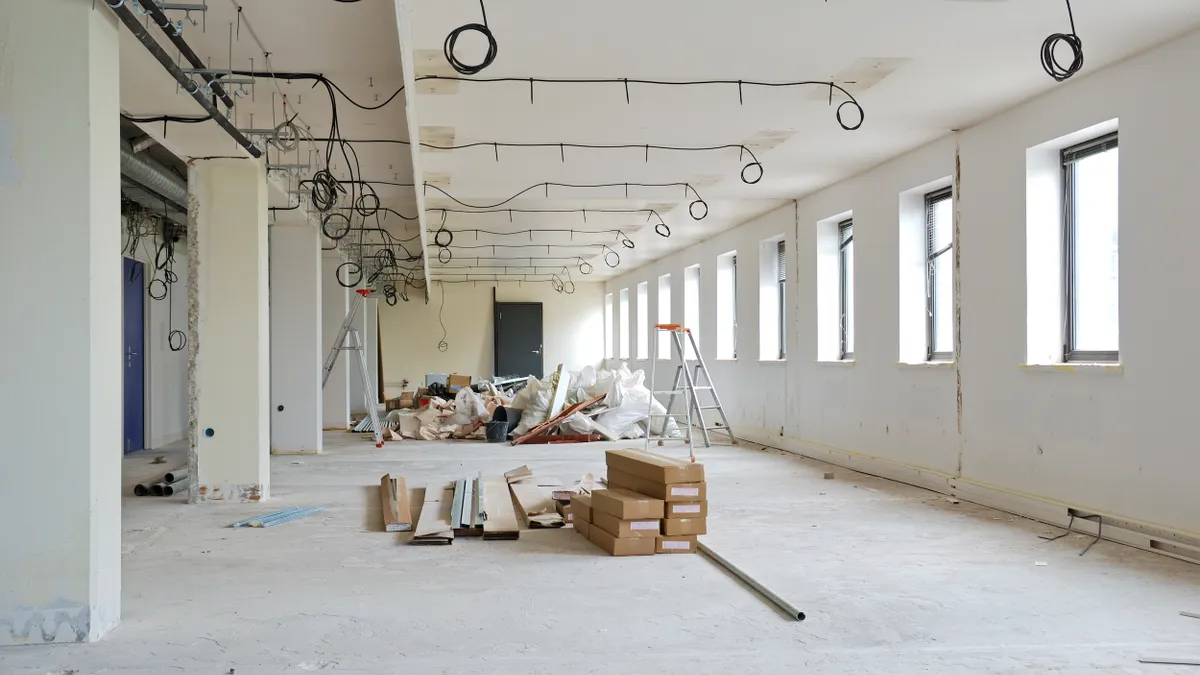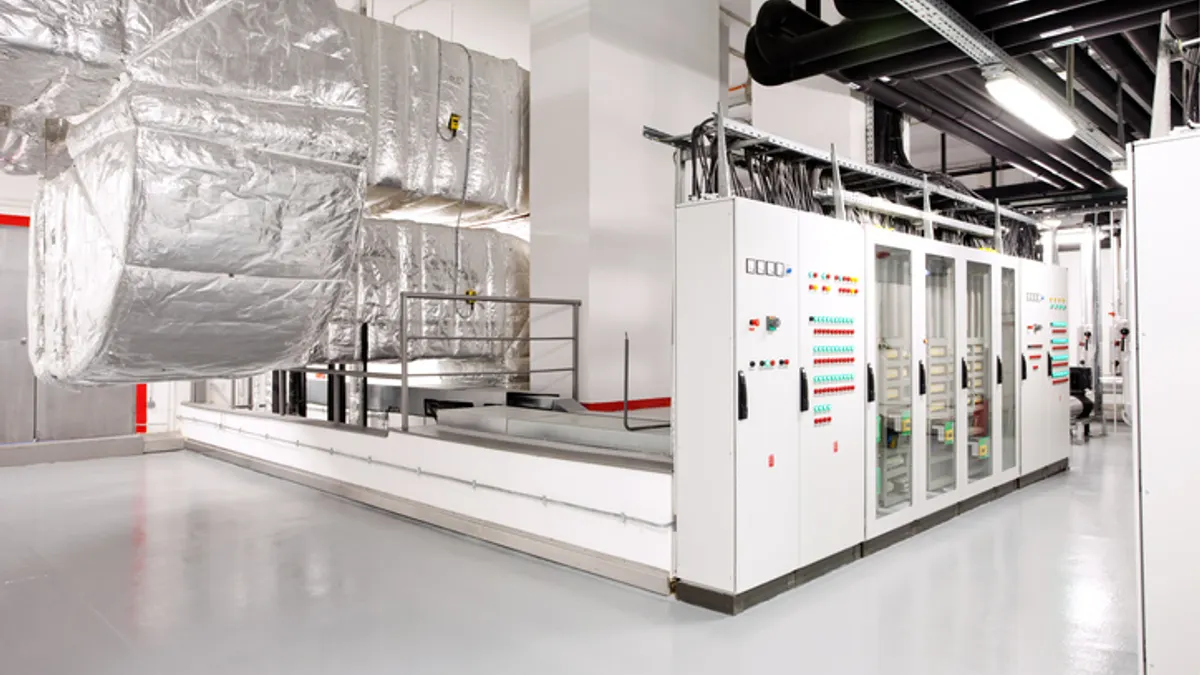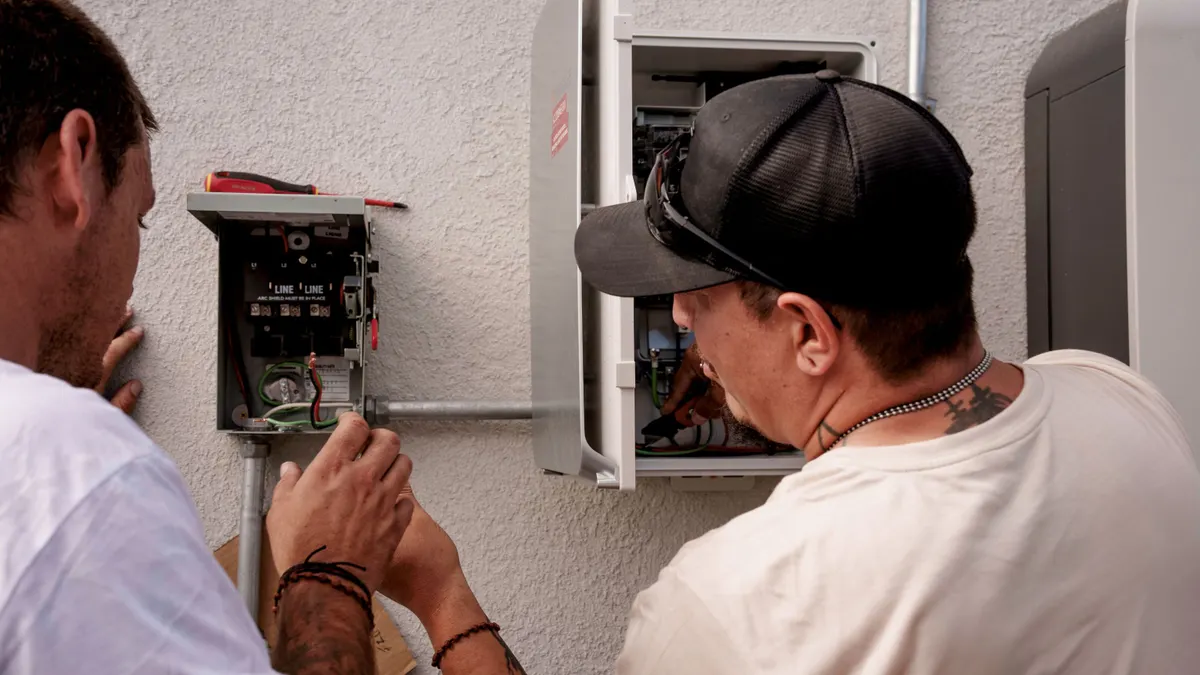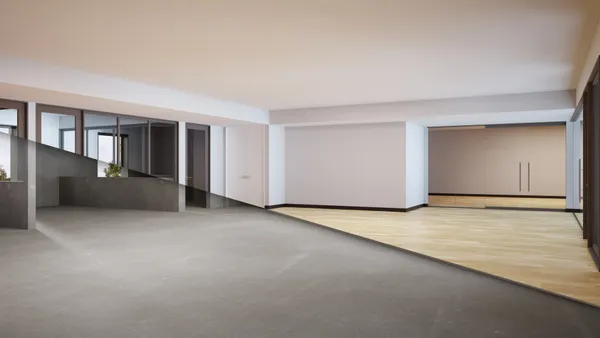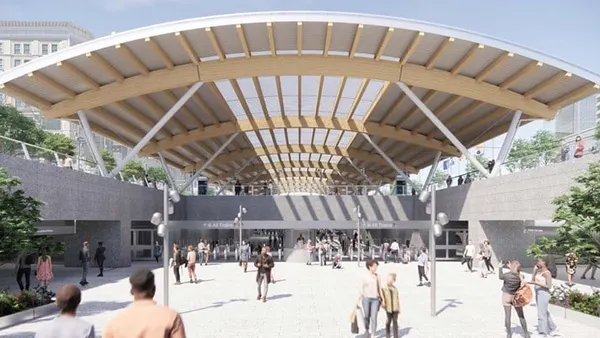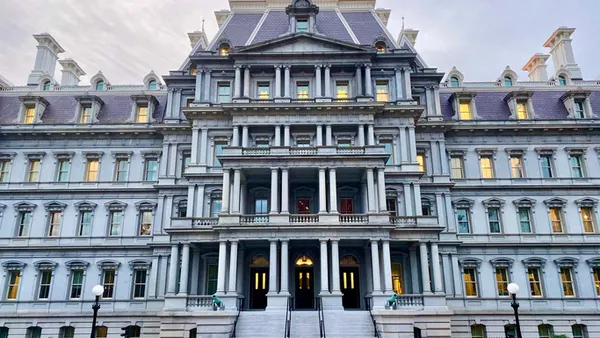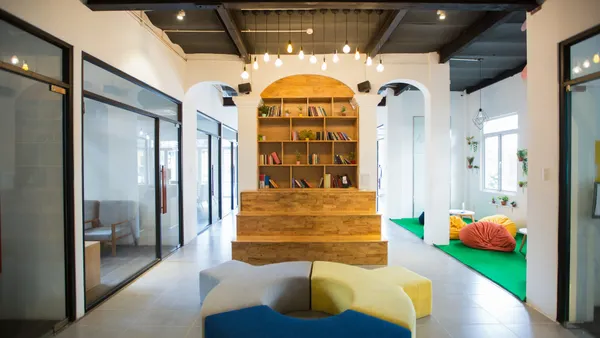What drives a building into obsolescence before the end of its lifecycle? A report by JLL identifies three key drivers: age and design, locational parameters and regulatory requirements.
Operational efficiency, occupier preference for high-quality properties, and the rising tide of sustainability and climate risk mitigation efforts are among the issues weighing on aging commercial real estate assets, JLL says.
Although these obsolescence risks are most visible in the office sector — which is facing a “zero-sum” environment in many cities, with tenants moving from lower-class to higher-class buildings — lifecycle and secular shifts are influencing decision-making in every commercial asset, per the report.
Each driver’s importance in a given sector depends on building lifespans and the supply of new buildings. For example, in the office sector, the long building lifetime of 50 to 70 years means that locational sensitivity and reducing emissions through more costlier infrastructure and system improvements are more important, JLL says.
Key factors that could lead to obsolescence for a building in the office sector include a lack of amenities, a lack of structural flexibility and poor energy performance, the report states. Owners and operators should also consider the limited demand for class B and C assets or the lack of supply of top-tier assets.
The large set of drivers means that owners and operators need a more detailed plan of action, with higher inherent risk, the report states. But it also means more possibilities for generating value when action is timed properly, per the report. For example, retrofitting office buildings can result in energy efficiency, user experience and engineering premiums, “most evidenced by 30% and 60% reductions in energy costs in medium and deep retrofits respectively, as well as 5.2% rental premiums for private roof and outdoor terraces,” JLL says.
Rearranging mechanical spaces and replacing outdated HVAC systems can also help to artificially increase the perception of spaciousness in the interiors in older office buildings, which often contain lower ceiling heights compared with new construction, the report states.
Under these conditions, combinations of actions could have results that range from achieving just what’s necessary for survival to creating opportunity, JLL says. Examples of opportunity creation include “beating” the repricing cycle, such as by doing deep retrofits of historic buildings in creative, urban fringe markets. Medium retrofits of more recent buildings to give them more corporate-oriented designs would have smaller impacts, in contrast, but could take those buildings from Class A- to Class A+, it states. At the lowest level of expenditure, core upgrades that take advantage of space that is relatively straightforward to upgrade in certain asset classes could still provide benefits, it says.
“The return on investment from these varying approaches is highly dependent on the asset and market at hand, but the savings and cost re-basing can be substantial, even in the face of high capital expenditures,” JLL says in the report. A medium retrofit can range from $300 per square meter for logistics with a 25% reduction in energy consumption to well over $3,500 per square meter for a deep retrofit of a central business district office building, which can save upwards of 60% on energy costs, the company says.
Despite the initial cost, capital-intensive repositioning strategies can also unlock greater returns on investment and help to reduce exposure to potential obsolescence, JLL says.


